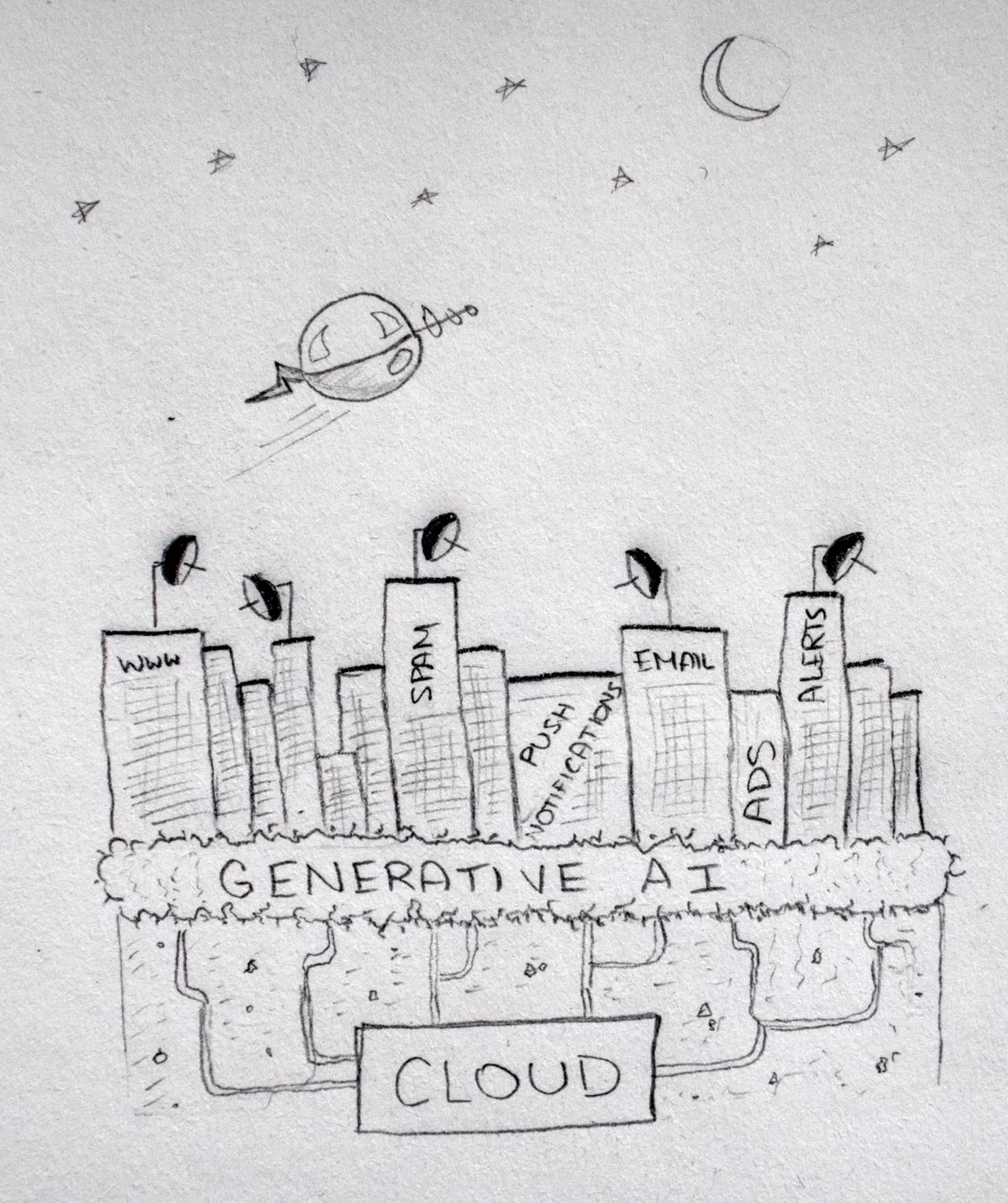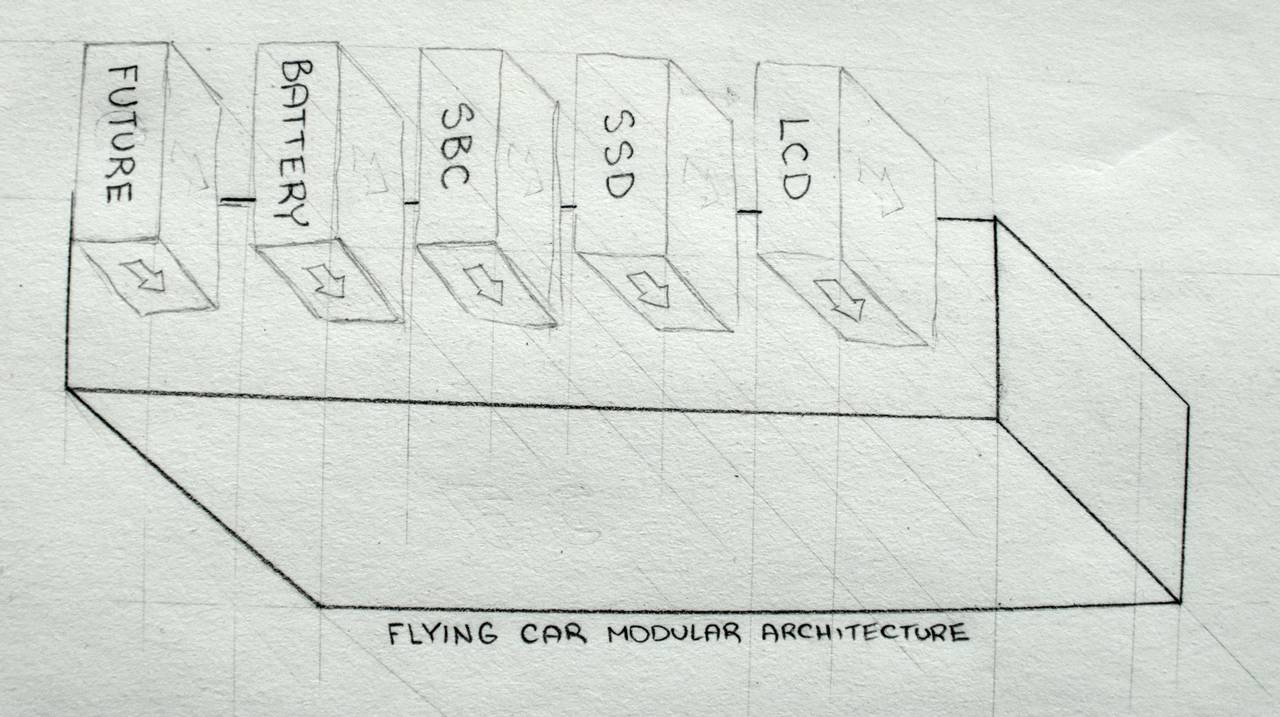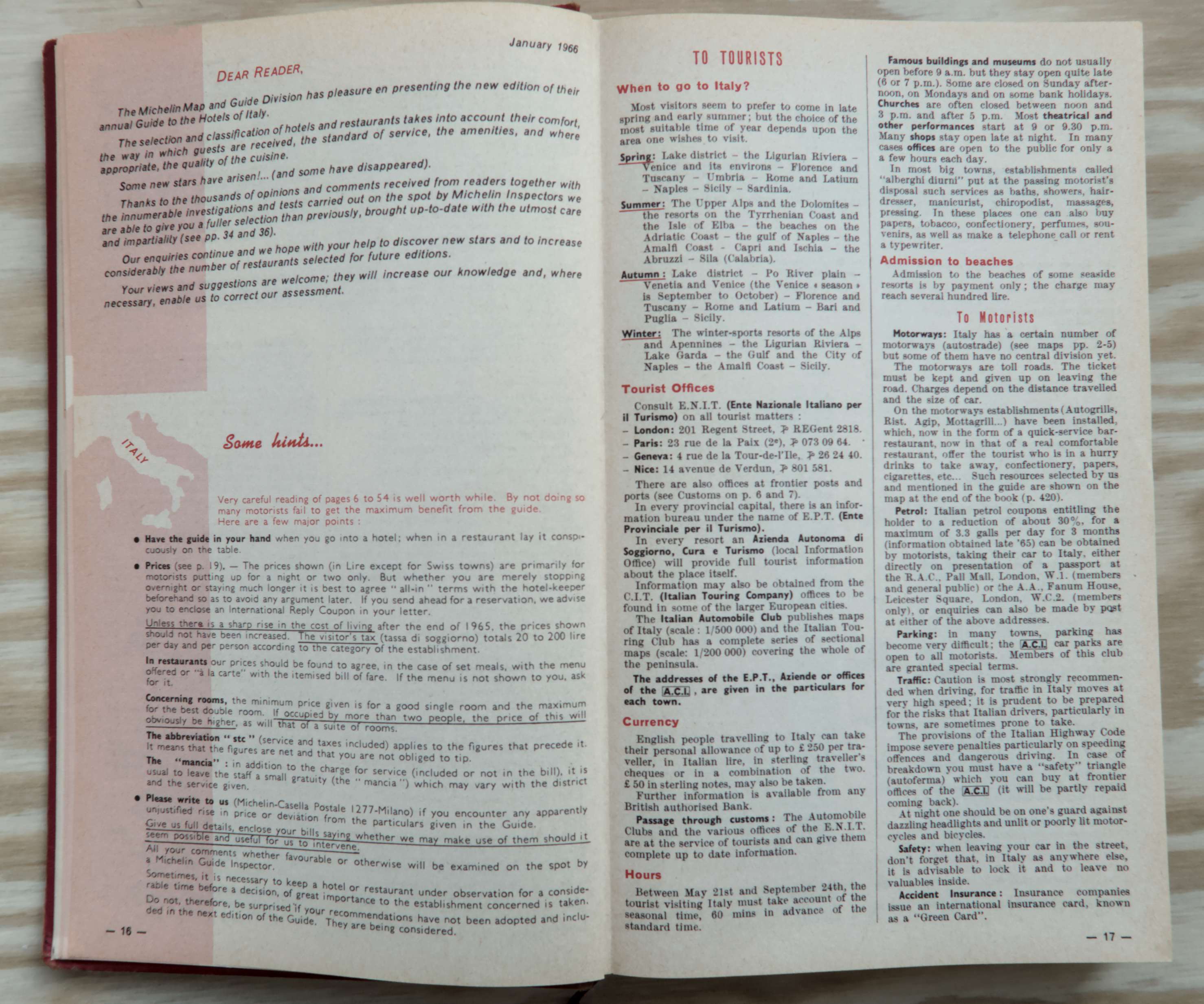When I started this project, I made the naive mistake of assuming that standards and regulations are homogeneous worldwide. It may come as no surprise to some of my readers that each market has its own compliance and protection laws. The latter includes market protection.
In the United States, based on my reading of Supplier’s Declaration of Conformity Guidance, the manufacturer must maintain a United States presence, or appoint a representative who will act as the "responsible party" and hold the compliance documents on their behalf. Of course, this is offered as a service by a handful of big corporations who do not divulge their prices and are quick to refer you to their ever so eager sales teams.
In my previous post, I had written that I finally received a few replies from EMC testing labs. Since then, the first lab quoted me a ludicrous price without even asking for the specifics of the project. The second lab seemed to know even less about testing than me but were eager to charge me so they could go and learn what else they could charge me for. The third lab sounded like they knew what they were doing but took a week to reply to every email, and only did so after I followed up on a previous unanswered letter. In my most recent message, I asked them whether I should ship the product sample or drop it off at their lab myself. It has been ten days and I have yet to hear back.
Can I do it?
Flabbergasted and grasping at straws, I decided to see if I could conduct any of the emission tests by myself. My search led me to an organization called the IEC (International Electrotechnical Commission) which specifies the requirements for electromagnetic compatibility. The current publication costs 375 CHF and, according to this illuminating thread, is vague and open to interpretation.
The situation would be slightly less tragic if not for the companies based in China taking full advantage of what is going on. I stress the point that this is prevalent across multiple jurisdictions. The whole ecosystem seems to be engineered to not work, to not succeed, to stifle, suffocate, bury, extinguish and stymie innovation and development.
What also pains me is that nobody I spoke with during this whole process feels even remotely remorseful about the status quo.
They also see no moral concerns when it comes to work as consultant for you at first, and then as a "neutral" third party for tests later. Who needs morals when you get twice the pay! – Lundin (Stack Overflow)
I have never cursed and yelled at the clouds as much as I did over the past week. This eerily reminds me of how cars (the non-flying variety) are becoming more and more digital while at the same time hindering the owner’s ability to modify and repair them. Instead, the owner defers to the manufacturer’s service facilities. I am not sure if the car industry inspired the consumer electronics industry in this regard or vice versa.
Am I the only one who is surprised by this? How do we all feel about it? Do we still want to do this?
I do.
We still want this
Fortunately, my audience at this current juncture is less George Jetson and more Dr. Emmett Brown. Let’s face it. We’re all mad scientists here. George Jetson takes and enjoys the present-day technology of his time because it is already there. We’re not taking it. We’re making it. Nobody is going to make it for us.
Do we want the ability to pull over to the side of the road and fix our Flying Car? Can you do that with any of your current devices? To make this happen in the currently regulatory landscape, I believe we need a modular architecture approach where each component can be independently sourced, installed, and serviced by the end consumer. The goal is to empower the owner of the device to pop the hood and dig around. To tinker. Modify. Fix. Improve.
The current Banana Pi platform is not perfect. It is a means to an end. But it is fairly extendable. For example, you can add a battery and an LCD to it to make it a portable device. If you feel the need to connect to the world while on the road, then it is possible to add a cellular module.
What then is my role in all of this? To provide tested, documented, reproducible hardware configurations that work with the Flying Car OS and its applications.
What worked so far in the Flying Car universe? Baking and sending SD cards in the mail with instructions while my customers source the Banana Pi themselves.
(For the benefit of those following along who are thinking about starting their own business, I’ll mention a bit about my experience with choosing ecommerce platforms. I was looking forward to using WooCommerce, but was put off by some UX dark patterns in the WordPress and WooCommerce installation. As well, the Stripe integration plugin had some pretty bad reviews. I felt uneasy at the thought of connecting my Stripe account to this. Or anything that runs PHP.)
Onwards to the next batch
Building on this, I’m going to consciously avoid scaling and optimizing prematurely: Collecting mailing information with Formbricks, and sending payment links with Stripe and Wise worked great. I will continue with my current approach until a natural bottleneck is reached. Then I may pay for Shopify or build something custom.
What I am working on next is an update to the OS and the typewriter app. It will be delivered as a download to existing customers, and for new customers, it will be baked into the next batch of SD cards. To order the SD card, you can enter your shipping information on this form.
For the next batch of SD cards, I will transition to "high endurance" SD cards. Some of them may be even more reliable than some SSDs. The retail price of one is around 10 USD. To set the price, I’m following the rule of multiplying the cost of production by 4. That makes the price of the Flying Car SD card around 40 USD. I will reach out to dealers to see if I can get wholesale pricing, but they will probably ask me to order at least 1000 units which I am not prepared to do at this time.
Get in the car
Recently I came across a copy of the Guide Michelin Italie 1966. It is my current inspiration. The beautiful illustrations and painstaking attention to detail within it invite the reader to reflect on the idea: what is a car? It is not just an engine, the wheels, or the steering column. To plagiarize a famous pirate, "that is what a car needs. But what a car really is, is freedom." Freedom to go touring, to explore and to discover. To try new wine and see new cities and places. "It is better to be a pirate than to join the navy."
What is the Flying Car to you?
Thank you to my significant other, the user rasz from Hacker News, and CR from Canada for reviewing drafts of this post.
Follow along on my adventure by subscribing to the mailing list!
Miscellaneous assorted notes in no particular order:
- The magazine. I received a total of two orders for the Flying Car Magazine. Neither, however, completed the payment. In retrospect, this is probably a blessing. I still want to publish it at some point, but not as a fundraising strategy and certainly not to pay for EMC testing at this stage.
- 3D-printing cases. A computer case in an of itself should not require EMC testing (citation needed) , which means that I could theoretically make and sell cases for various hardware configurations. In addition, I believe that I can include screws, cables, manuals, and other "inert" objects inside the package without much trouble. This feels similar to Google’s Ara project. However, including the SD card may constitute as selling a "kit" which would require certification so SD cards may still need to be mailed separately. I am still researching this topic.
- PCBWay. I found out that PCBWay, a "one-stop destination for board fabrication and aseembly," offers a design service and does 3D printing in addition to PCBs. I am considering ordering some 3D prints for them.
- Designing PCBs. Thank you to user rasz from Hacker News for explaining to me that designing a 6-layer single-board computer based on the Allwinner SoC and DDD3 is "not a walk in the park" and will cost thousands of dollars. Hence, the prevalent usage of ready-made modules in hardware design, according to rasz. This probably explains why I got so few responses to my requests to redesign the BPi and remove unneeded components. Banana Pi did offer me to do this, by the way.
- Manufacturing PCBs. Banana Pi provides some manufacturing designs, but not all. The Gerber and bill-of-materials (BOM) files are provided, but not the PCB design files which are necessary to modify the board to your requirements.
- Distribution. I now understand the merits of distributors and pop-up shops inside department stores. The department store can act as an importer and handles things like inventory and payment processing for you. Their business name shows up on the customers’ receipts. It may be a lot easier to partner with them when entering a new market than to establish your own legal entity in that market.
- 3D design. KiCad and FreeCAD are awesome.
I am compelled to remind you that everything written above is so far away from legal advice that you should go and consult a qualified legal professional immediately to seek emergency treatment. None of the above constitutes as legal advice.



